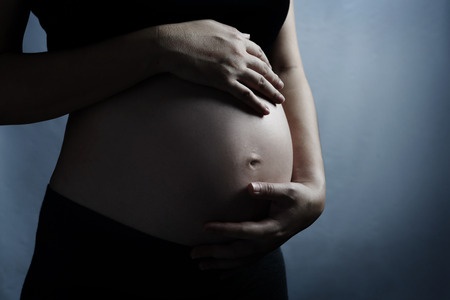The University of Aberdeen has joined a major European research and innovation programme to develop next-generation chemical risk assessment, incorporating both human health and the environment in a 'One Health' approach.
The 400-million-euro European Partnership for the Assessment of Risks from Chemicals (PARC) is a seven-year partnership between 200 partners in 28 countries including the United Kingdom. It includes national agencies and research organisations as well as the European Chemicals Agency, the European Food Safety Authority and the European Environment Agency.
The results of the programme will be used to support new European and national strategies to reduce exposure to hazardous chemicals and their impact on health and the environment. The goal is to generate new, easily accessible and usable data, along with new assessment methods and tools. In particular, PARC will help with the development of tools to identify new, less hazardous substances that are in keeping with sustainable development approaches. This supports the European Union's Chemicals Strategy for Sustainability, paving the way for a 'zero pollution' ambition announced in the European Green Deal.
PARC encompasses all aspects of chemical risk assessment, aiming in particular to: better anticipate emerging risks, better account for combined risks, and underpin measures to safeguard health and the environment.
Professor Paul Fowler at University of Aberdeen is involved in PARC. He said: “We are surrounded by a very complex mixture of natural and synthetic chemicals. Many of these chemicals are associated with either proven or and suspected health risks for humans, animals, and whole ecosystems. Examples include chemical and particulate air pollution, including nanoparticles, pesticide, chemicals in plastics, food contact materials, fire-retardants and food and water. Medicines released into the environment, either in urine or during production, pose health risks. An example is chemicals acting like female sex steroid hormones.
“There are multiple aspects of chemical risks that need to be studied, assessed and reviewed by risk assessors in government agencies. Many of the methods used to determine potential risks to human are indirect, involving computer, cell culture and animal study based analysis. Aberdeen’s role is around human relevance, in particular for the baby in the womb.
“During its time in the womb, the fetus is considered a particularly sensitive stage of life for chemical hazards. For ethical and practical reasons, working to determine what chemicals are a threat to fetal human development, is largely indirect, involving study of the mother and newborn. Aberdeen hosts the Scottish Advanced Fetal Research (SAFeR) study that enables chemical exposure in the first and second trimester human fetus and the consequences of that exposure to be studied. The SAFeR study will enable PARC to have a better understanding of human relevance associated with particular exposures, an important component for proper regulation and control of chemical safety.”
The partnership’s budget of 400 million euros is 50 percent funded by the European Union and 50 percent funded by EU member states. The French organisation ANSES, the French Agency for Food, Environmental and Occupational Health & Safety, is the partnership coordinator.
UK partners in the consortium are funded by the UKRI Horizon Europe Guarantee Fund.


